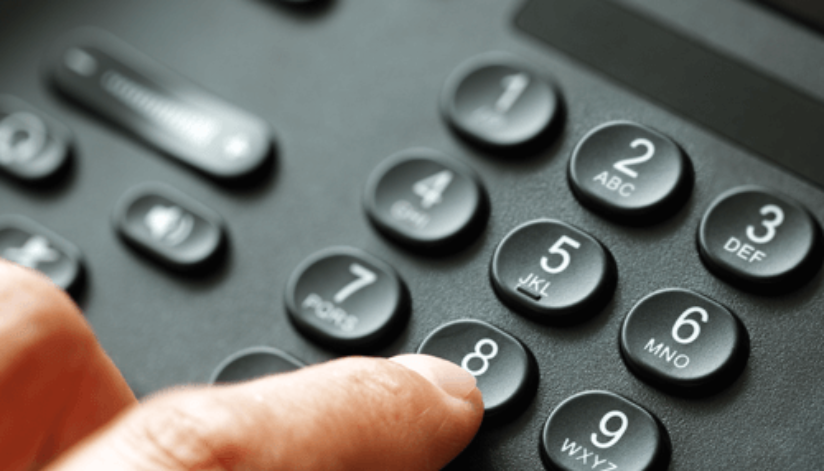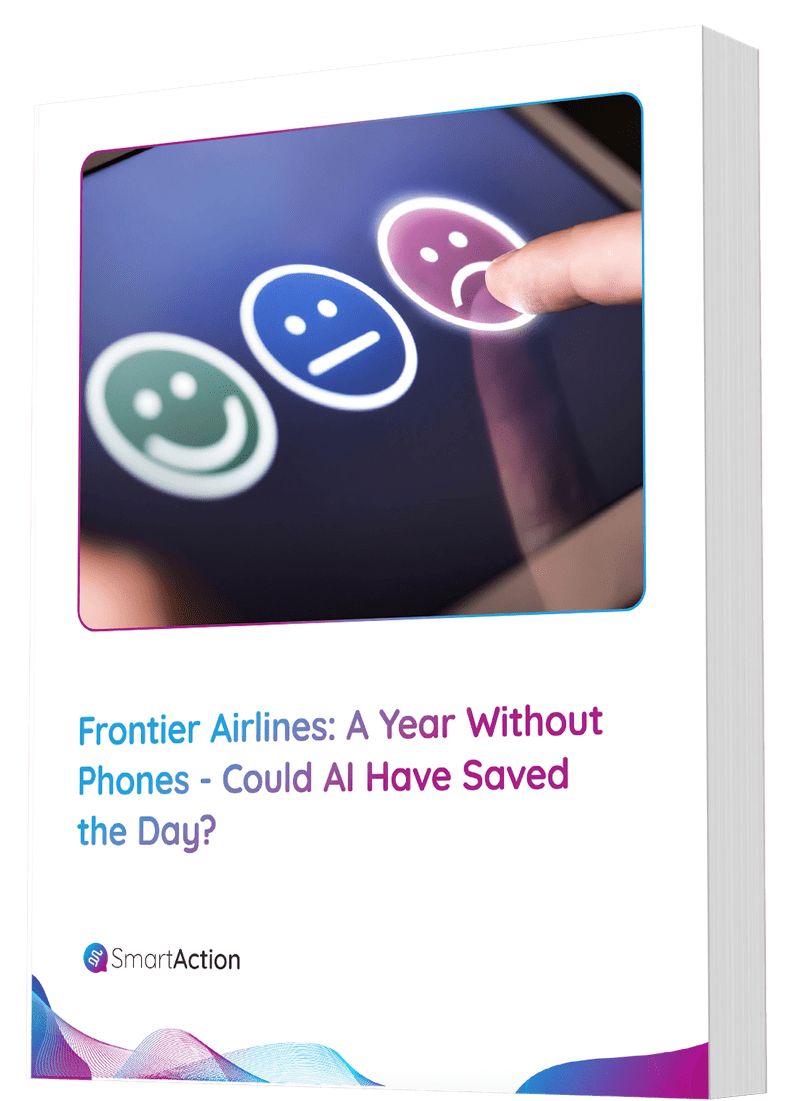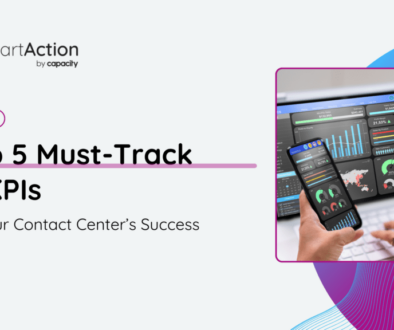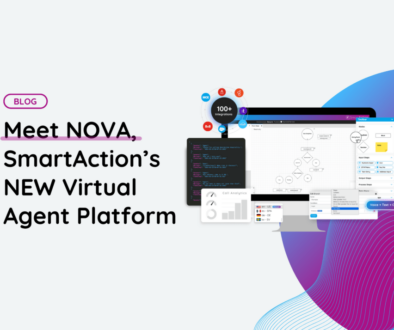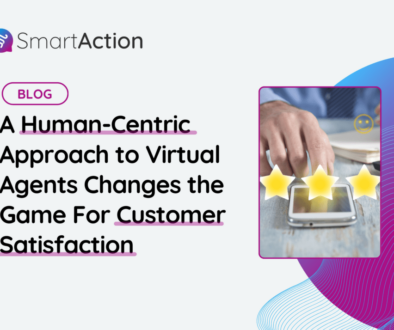Eight Seconds or Less: A Guide to Outbound Calling
In 2015, Microsoft conducted a study and concluded that the average person’s attention span was just 8.25 seconds. To put this into context, a goldfish has an attention span of 9 seconds- a whopping 0.75 seconds longer than ours! While this news is slightly disturbing, it does provide valuable insight into how important the first ten seconds are for engaging your customers. With such a short window to capture an individual’s attention, it’s crucial to optimize those first few seconds of contact.
We do a number of outbound calling campaigns and have realized the significant impact the first few seconds have on a campaign’s success and capture rates. When an individual answers a call from an unfamiliar number, chances are that they are already on the fence about whether or not answering is worth their time. Because of this inherent handicap with outbound calls, automated systems must have a concise first sentence that grabs the person’s attention.
3 Questions You Must Answer in Your Introductory Statement
1. Who am I talking to?
State outright the name of your business. This way, the customer starts making mental connections about the reason for the call. For example, a customer may start thinking back to the pair of shoes they just ordered, or a bill they forgot to pay. By allowing the customer to naturally put the pieces together, you invite them to engage and remain on the call. Of course, this only works if the named business is recognizable to the customer! Since consumer brands often hire service companies for transportation services or product parts, make sure that the stated company is the one that that is most relevant to the customer.
2. What is this call about?
Use clear and concise action words to describe the purpose of the call, and what steps are ultimately required on the customer’s part. Phrases like, “Schedule a delivery,” or, “Confirm a reservation,” are perfect to prepare customers and legitimize the call.
3. Why should I care?
In the end, retaining a customer’s attention comes down to effectively communicating the potential benefits gained by sticking with a call. Whether it’s confirming a doctor’s appointment or avoiding late fees on a payment, pushing this incentive across at the onset of your call is crucial to getting a customer to invest their time.
Remember, the clock begins as soon as a customer picks up the phone: 8, 7, 6… Answer the who, what, and why in the first eight seconds, and you’re on your way to winning the battle for your customers’ time. And in turn, you should see your outbound IVR success rates increase.
What are some of the ways you have increased completion rates for outbound IVR calls? Let us know on Twitter (@SmartAction) by tagging #IVRsuccess. You have 8 seconds to get our attention… Go!

